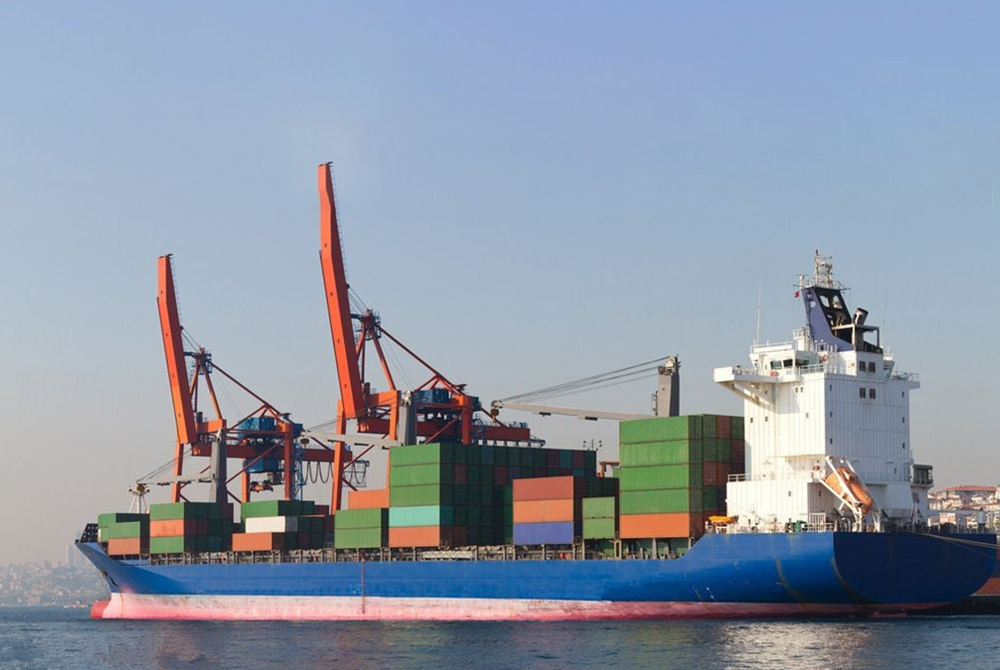Application
THE USE OF STEEL IN THE TRANSPORTATION INDUSTRY
Transportation Industry
Steel is ideal for transportation applications because it is durable, strong (providing adequate safety in the event of a crash), lightweight, UV-resistant, affordable, and 100% recyclable. Whether it’s bicycles, motorcycles, cars, buses, trains, ships, planes, or the transportation networks that support them, steel is essential. Design innovations and the development of new high-strength steels have also played a key role in making many modes of transport more efficient, while significantly reducing life cycle greenhouse gas (GHG) emissions.
How steel is used for transportation?
Including automobiles, about 16% of the steel produced globally is used to meet the transportation needs of society. Steel is also essential for the associated infrastructure: roads, bridges, ports, stations, airports, gas stations, etc. Some major applications include:
1) For trains and rail cars
Steel is used in trains, railways, and infrastructure. For short- and medium-distance travel, rail
reduces travel time and CO2 emissions per passenger per kilometer compared to almost all other modes of transport.
Steel accounts for 15% of the mass of high-speed trains and is essential. The main steel component of these trains is the bogie (the structure below the train that includes the wheels, axles, bearings, and motors). Freight trains or wagons are made almost entirely of steel.
2) For ships and containers
Traditionally, the shipbuilding industry has used structural steel plates to manufacture ship hulls.
The tensile strength of modern steel plates is much higher than its predecessors, making them more suitable for the efficient construction of large container ships. A special type of steel plate with a corrosion-resistant design is ideal for building oil tankers. This steel allows the manufacture of lighter-than-previous containers or larger-capacity containers of the same weight, offering significant opportunities to save fuel consumption and CO2 emissions.
Ships built using steel transport 90% of the world’s cargo. There are an estimated 17 million containers of different types in the global container fleet, most of which are made of steel.
3) For infrastructure
Steel is used in bridges, tunnels, railways, and in the construction of buildings such as gas stations,
railway stations, ports, and airports. About 60% of the steel used in infrastructure is rebar.
4) For aircraft
The engines and landing gear used in aircraft are made of steel.







